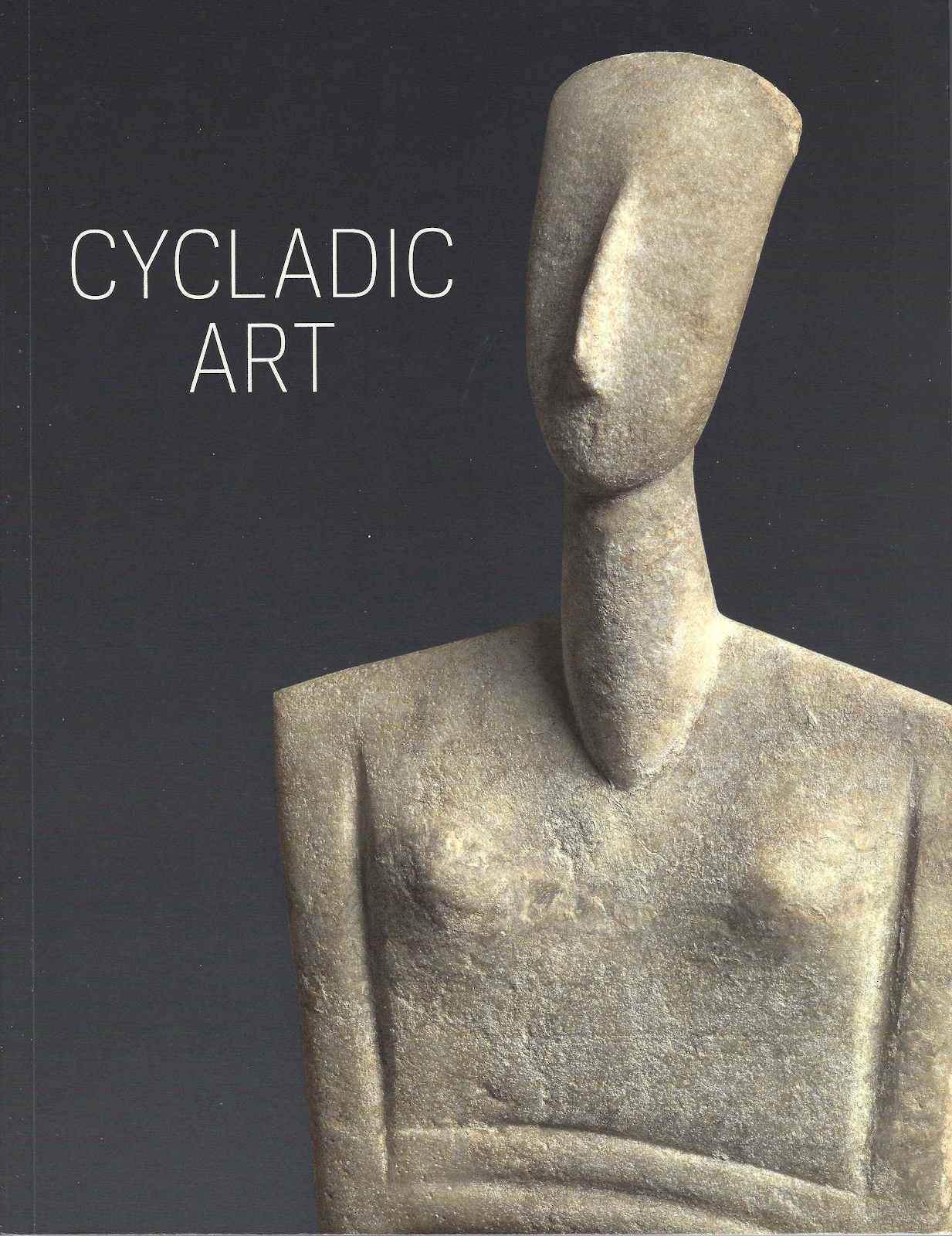 |
| Source: Michael C. Carlos Museum |
In 2004 the Michael C. Carlos Museum purchased a series of LHIII glass necklace fragments from Harry Bürki (inv. 2004.037.001, 002, 003, 004, 005, 006, 007, 008, 009, 010, 011, 012, 013, 019, 023). There were also some LHIII glass bead fragments (inv. 2004.037.014, 016, 017, 018, 020, 021, 022, 024, 025, 026, 027, 029, 030, 031, 032).
There is no mention of previous publication ('
to our knowledge, this object has never been published') or previous owners. How did Bürki acquire them? Where were these fragments between 1970 and 2004? What was the museum's justification for acquiring them? What was the rigorous due diligence process?
Also in 2004, Phoenix Ancient Art gave the Carlos Museum a series of LHIII glass necklace fragments: rosette (inv. 2004.017.001, 002, 003, 004), double rosette (inv. 2004.017.009, 010, 011, 012), octopus (inv. 2004.017.005, 006, 007, 008). There was also a gold 'necklace element in the form of a papyrus spray' (inv. 2004.017.020).
There is no mention of previous publication or previous owners. How did Phoenix Ancient Art acquire them? Where were these fragments between 1970 and 2004? What was the museum's justification for acquiring them? What was the rigorous due diligence process?
Will the Carlos Museum be providing the background information to these acquisitions given the sensitivity over the so-called Aidonia Treasure? Is there a reason that some of these pieces do not appear to feature on the
AAMD Object Register, or that for others there are pictures on the Object Register but not on the museum's website?
| |





























